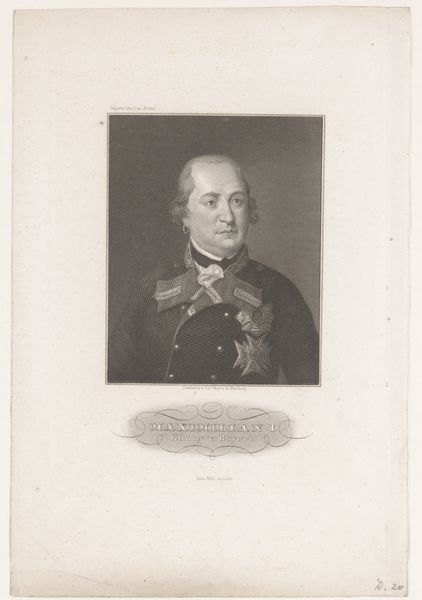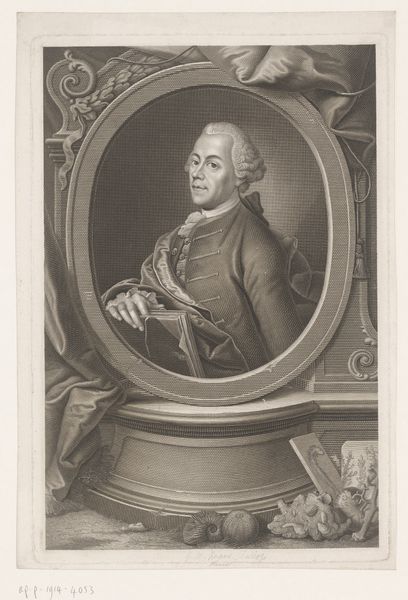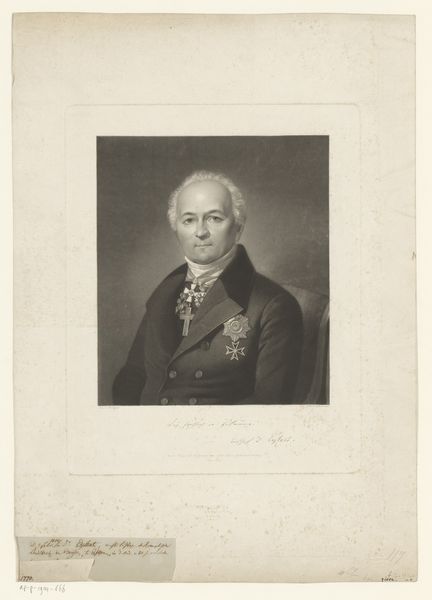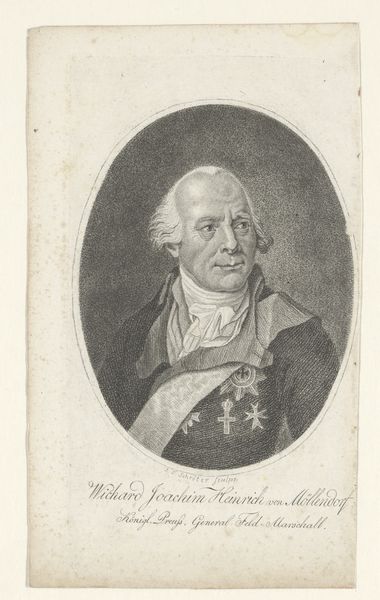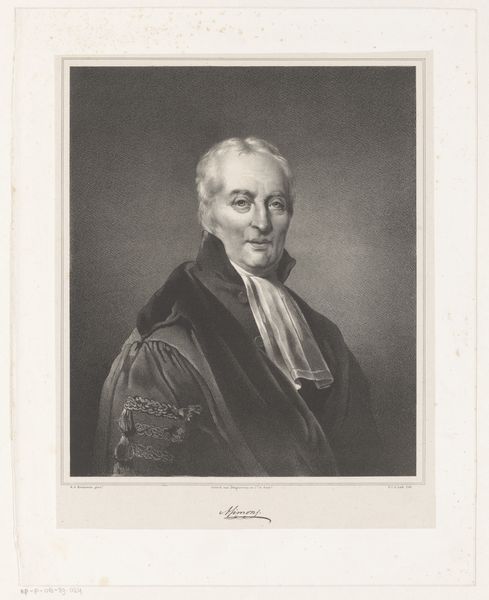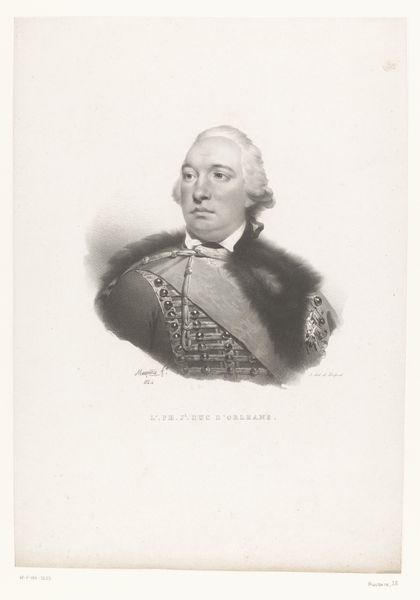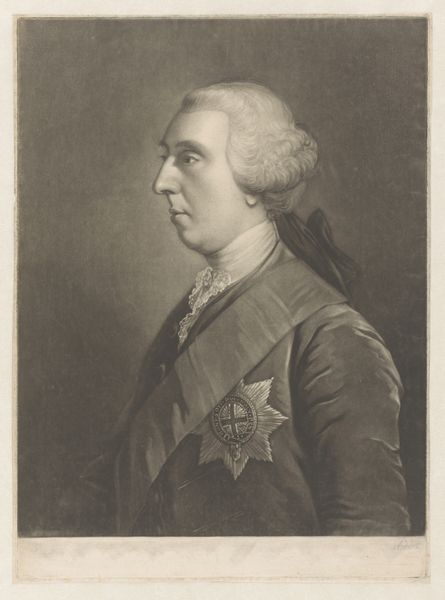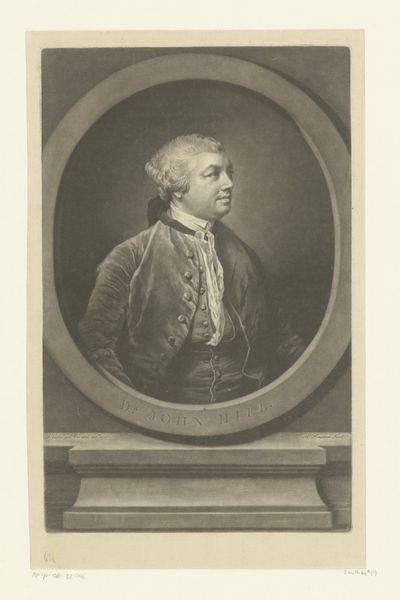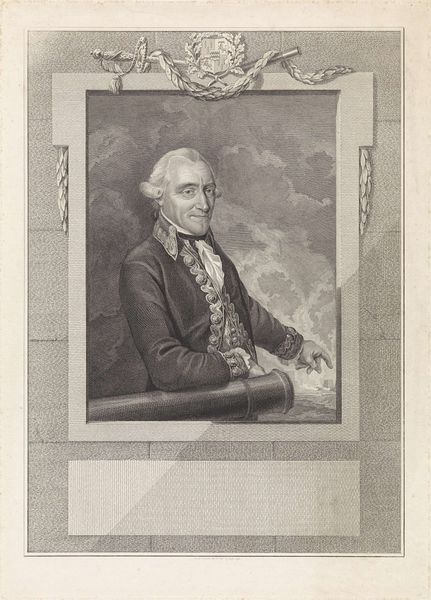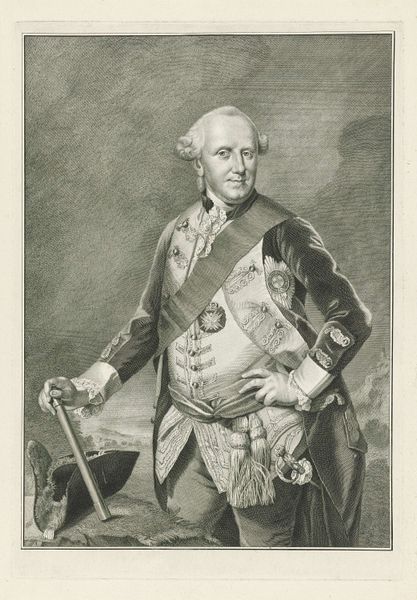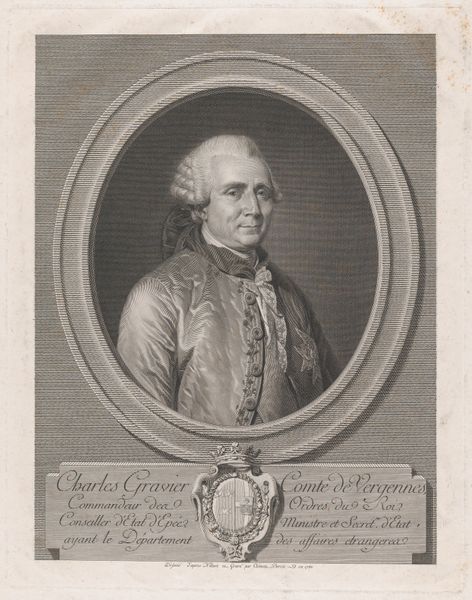
print, metal, engraving
#
portrait
#
baroque
# print
#
metal
#
academic-art
#
engraving
Dimensions: height 332 mm, width 221 mm
Copyright: Rijks Museum: Open Domain
Curator: Richard Houston’s “Portrait of Charles Spencer,” likely created sometime between 1731 and 1775, strikes me immediately. Editor: "Strikes," huh? For me, it's more of a slow burn. All that baroque opulence, but something about the lighting feels...subdued? Melancholy, maybe? Curator: Well, consider that this image is an engraving, a print. The subtle gradations of tone in metal engraving achieve something very different from the oil paintings of the time. Houston's choices, mediated by the material itself, do more than simply replicate another artwork. Editor: True, you're totally right. I think the way the light catches his robe and sash does feel intentionally… staged? Grand but intimate? I think. But tell me about Charles Spencer, the sitter. Who was he in all of this? Curator: Ah, context is key. Charles Spencer was, in fact, the Duke of Marlborough, a powerful figure. Houston captured not just a likeness but an embodiment of power and status, conforming to the visual codes expected of portraits during the period. Look at that coat of arms too; that seals the message of aristocratic status! Editor: Power indeed. Still, look at those eyes. Not judging him but that's how he looks back. Makes you wonder what's he thinking beyond all that finery? I want to know his story as an ordinary person; I feel it's also an interesting narrative for Charles, just out of reach, beneath the layers of representation and social conditioning. Curator: That interplay between individual psychology and public presentation is a constant tension in portraiture, particularly in this period of aristocratic dominance. A print like this helped to disseminate certain ideals through society and reinforces a set order in the world. Editor: And here we are still dissecting it hundreds of years later! The stories objects carry forward, whether we find what we expect or get completely blindsided… it’s beautiful. Curator: Yes, a testament to the enduring power of visual communication across time. It is really worth understanding our place in a broader framework and this type of work makes that connection possible.
Comments
No comments
Be the first to comment and join the conversation on the ultimate creative platform.

